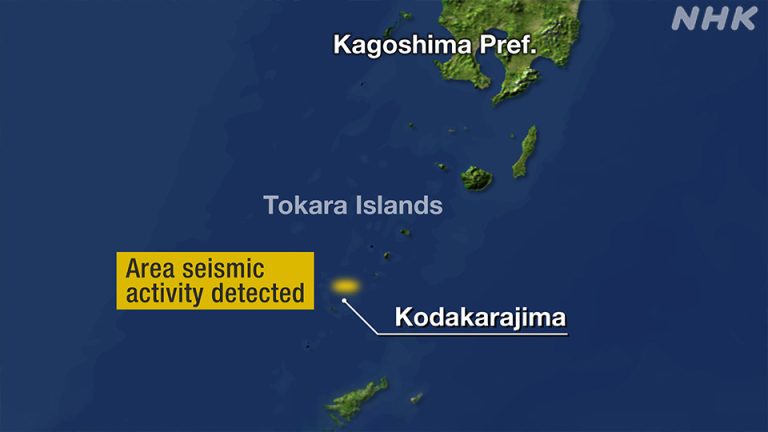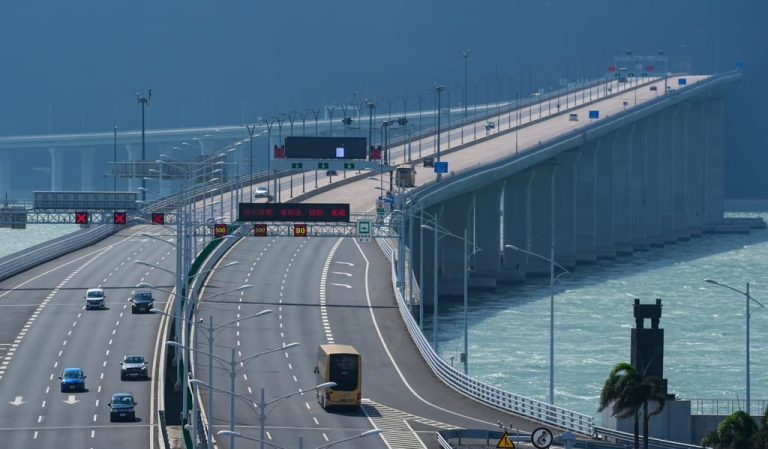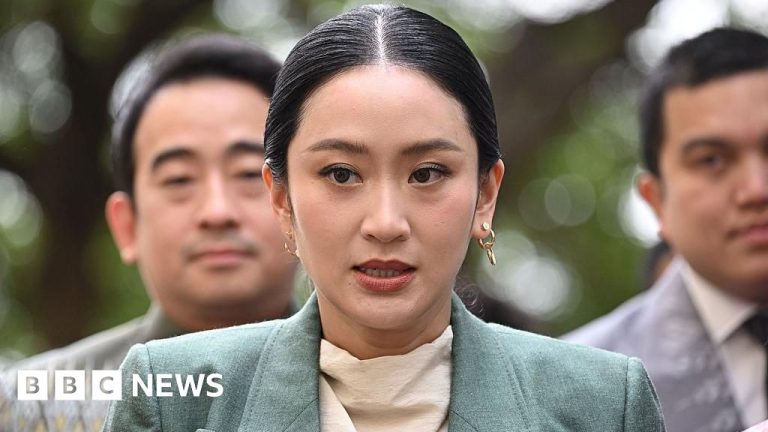
Boao Forum for Asia 2025: Shaping the Future of Asia’s Economy
The Boao Forum for Asia (BFA) 2025 will focus on three key areas: economic integration, sustainable development, and technological innovation. These topics are critical for Asia’s growth and its role in the global economy.
Economic Integration in Asia
Asia’s economic integration is growing, with agreements like the Regional Comprehensive Economic Partnership (RCEP) connecting 15 countries. RCEP covers 30% of the world’s population and GDP, making it the largest trade bloc globally. However, challenges like trade barriers and regulatory differences remain.
Small and medium-sized enterprises (SMEs) benefit from integration by accessing larger markets. For example, the ASEAN Economic Community (AEC) has helped SMEs in Southeast Asia expand regionally. China’s Belt and Road Initiative (BRI) also promotes integration by funding infrastructure projects across Asia.
A pan-Asian free trade area could further boost trade and create jobs. For instance, labor markets in countries like Vietnam and Bangladesh have grown due to increased manufacturing exports.
Sustainable Development and Green Initiatives
Asia is a leader in green initiatives. Japan aims to achieve carbon neutrality by 2050, while South Korea’s Green New Deal focuses on renewable energy and eco-friendly infrastructure.
Renewable energy projects, like solar farms in India and wind power in China, are reducing carbon emissions. Smart cities, such as Singapore’s Smart Nation initiative, use technology to improve energy efficiency and reduce waste.
Sustainable development also creates jobs. For example, the green sector in China employs over 4 million people. However, funding and technology gaps remain challenges. International partnerships, like the Asian Development Bank’s green financing, help address these issues.
Technological Innovation and Digital Transformation
Asia is at the forefront of digital transformation. China’s digital economy contributes over 40% to its GDP, while India’s Unified Payments Interface (UPI) processes billions of transactions monthly.
Artificial intelligence (AI) and the Internet of Things (IoT) are transforming industries. For example, AI-powered agriculture in Japan increases crop yields, and IoT-enabled factories in South Korea improve efficiency.
However, rapid technological change brings risks like job displacement and cybersecurity threats. Governments are addressing these through policies like Singapore’s AI governance framework.
Cross-border digital collaboration is also growing. A digital single market in Asia could streamline regulations and boost e-commerce.
Global Economic Trends and Their Impact on Asia
Global trends like protectionism and supply chain disruptions affect Asia. For example, the COVID-19 pandemic highlighted the need for resilient supply chains.
Asia contributes over 40% to global GDP and trade. Countries like Singapore and Malaysia are diversifying trade partners and investing in infrastructure to adapt to global challenges.
Increased cooperation with regions like Europe and Africa can open new opportunities. For instance, the EU-Asia trade agreement strengthens economic ties.
Key Initiatives and Policy Recommendations
The BFA 2025 will promote regional integration, sustainable development, and innovation. Public-private partnerships are essential for implementing these initiatives.
Innovation hubs, like Thailand’s Eastern Economic Corridor, drive economic growth. Education and skills development prepare the workforce for future jobs.
Data privacy and cybersecurity are critical in the digital age. Policies like Indonesia’s data protection law ensure secure digital transformation.
The Boao Forum for Asia 2025 will shape Asia’s economic future by addressing these key areas.











